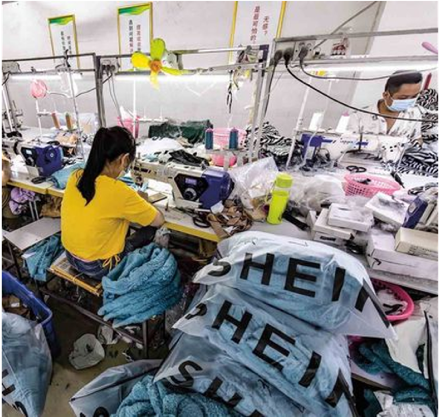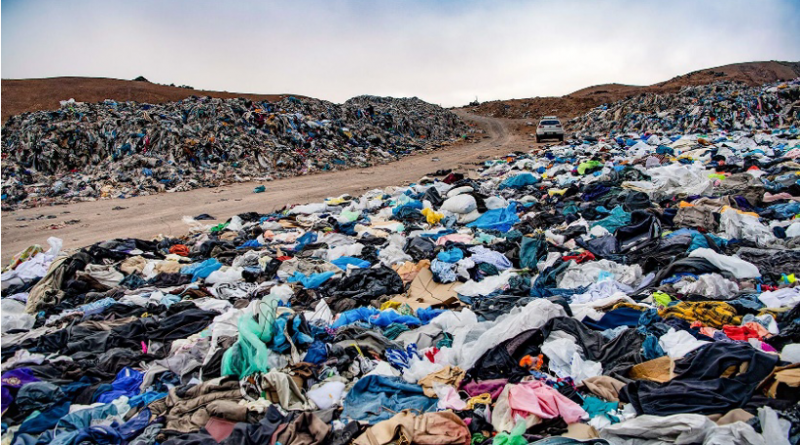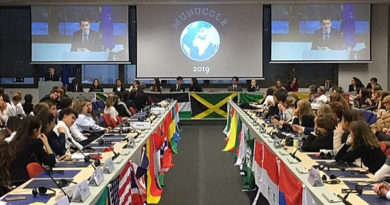Fast Fashion: a modern threat
Do you ever wonder where your clothes come from? Right now, you are probably using clothing that was made by the process of fast fashion, but what is fast fashion?

Fast fashion consists of low-priced stylish clothing being mass-produced to always keep up with the latest trend. It’s very practical to have clothes you can get easily, but it comes with some issues. Creating this type of clothing is very demanding and is often exploitative in some specific countries. These are the main brands responsible for fast fashion: Primark (Ireland), H&M (Sweden), Shein (China), Zara (Spain), C&A (The Netherlands), Forever 21 (USA), Uniqlo (Japan), ASOS (England). Why would brands do this and why are they so popular? These brands are very accessible. Mass production allows the high demand to be fulfilled and is cheaper to make. Their collections are up to date, so they change a lot. The main way to determine if a brand is fast fashion is to see if their clothes change often and their prices are low.
In the Atacama Desert, Chile, we can find the world’s biggest landfill covered by clothes. It is estimated that around 59 000 tonnes (source: Aljazeera) of clothing make it every year to Chile, part of it is smuggled to other Latin American countries but at least 39 000 tonnes are dumped it the desert. These clothes come from everywhere around the world. The problem is that they are not biodegradable as they contain chemical products. They can take up to 200 years to biodegrade and pollute on every step of the way. It is said they can be as toxic as tyres or plastic materials. On another note, the amount of water that is wasted to make a singular pair of jeans is astonishing, around 7 500 litres.
Thankfully, things have started to change for the better. People are starting to question the waste that is being produced on a daily basis. Others take action and open up stores with recycled children’s clothes or create yarn from recycled textile.

Ghana hosts another sad and unfortunate example of a fast fashion landfill, which is situated near the capital city Accra, close to a lake where clothes create a 20m high mount. About 60% of it is unwanted clothing from all over the world sent in the purpose of charity but most of it is to never be worn again. A big proportion of it is worthless because of its poor quality. This occurs all over West Africa. For the clothes that are valuable, Ghanaians fight over them to be able to resell them and make some money. Sadly, today it is said that waste is part of the fashion business model.
There is an urgent need for solutions since pollution levels are higher than ever before. We have found some that could help in the fight against the inevitability of fast fashion: Buy second-hand clothes in stores such as Vinted, Micolet, Les Petits Riens… Apart from that, adding more bins to recycle old clothes would be a great idea. Furthermore, brands should instruct costumers on the effect of fast fashion in the environment. And to conclude, the government should create a law that punishes people for not taking good care of their old clothes.
Pollution is affecting all of us slowly but continuously. If we do not act upon it we risk very bad consequences. Therefore, all of us should try our best to have a thought on fast fashion and think twice before throwing something away.
Dunia López Romero, Lola Garcia Sanjuan, Ana Moureau / S4EN Enrichment / EEB1 Uccle




